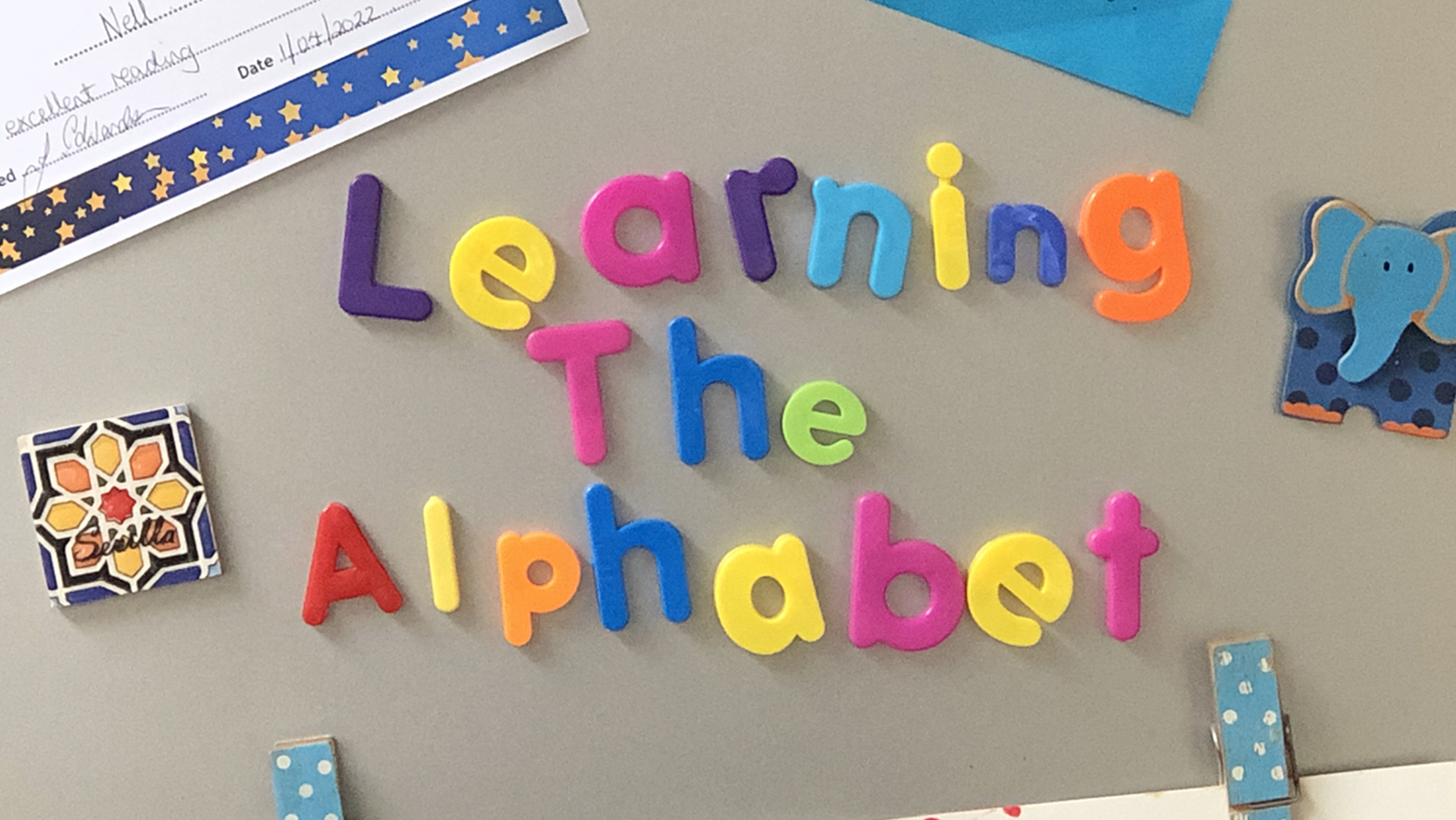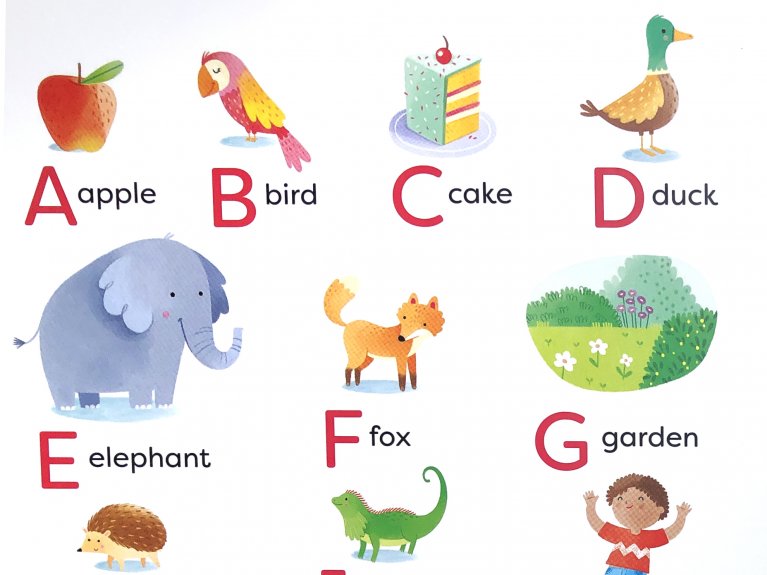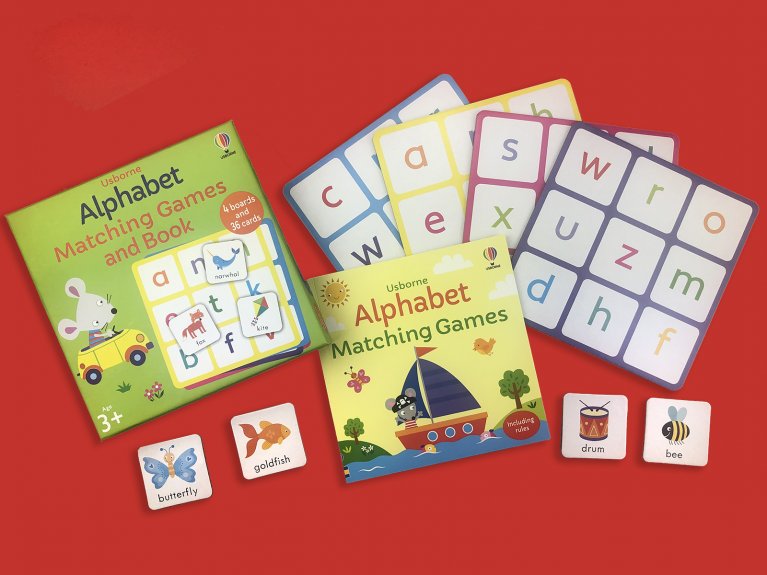- Tips and expert advice
How to teach your child the alphabet

It’s never too soon to introduce children to books. The sooner you start, the sooner they'll be able to recognise those black squiggly shapes as letters. Letter recognition is the first step to reading and writing, a skill that will come more easily with practice.
Here are some tips on where and how to start teaching your child the alphabet.
• Sing! For very young babies – sing the abc song! They’ll love listening to your voice and start to become familiar with the names of letters.
• Reciting the alphabet. As they grow older, children may be able to recite or sing the alphabet themselves, this is a proud parent moment, but unfortunately doesn’t mean they’ve grasped the alphabet – just yet - learning to recognize each letter is a hard skill to grasp and takes time and lots of practice.
• Alphabet books. When you feel your baby is ready, introduce them to an alphabet book. Alphabet books are fun to read aloud and are also a great way to help young children learn the names and shapes of letters, and to introduce them to the concept of alphabetical order.
• Look for the familiar. When first beginning, you don’t have to use a book in alphabetical order. Look for a letter your child knows (such as the letter that starts their name) and see if they can say or sound that letter. Then, show them how to trace over it with a finger. Point out other pictures in the book that begin with the same letter. Eventually your child will be able to suggest some of their own.

• Don't stress. Every child is different and will learn at their own pace. Children don’t need to be able to recite the whole alphabet before they start school, but it’s helpful for children to understand that the letters are always written down in the same order. A good grasp of alphabetical order will be important later when children learn to use indexes, dictionaries, and anything else arranged alphabetically.
• Phonics come later. As your child grows older and their school learning progresses, they’ll be taught that each letter has both a name and a sound associated with it. At school, handwriting is taught alongside phonics, so that children make the link between the written letters and the sounds they represent.
• Very important! Your child is far more likely to practise letter recognition if it’s playful, so keep it fun! Make them laugh – rhyming books such as The Rhyming Alphabet are fun to listen to, fun to read aloud and have with colourful illustrations and a hilarious story.
• Play games. Games such as the Usborne Alphabet Matching Game and Book are an ideal way for little children to have fun as they begin to learn the alphabet and make links between letters and sounds and link letters to pictures.

You can also play with magnetic letters, alphabet building blocks, flashcards, sticker books and apps.
At Usborne Quicklinks, you’ll find more ideas for games, activities and books that make letter recognition effective and enjoyable:
About the Author
As a child Emma Baxter was an avid reader and loved anything and everything creative - as an adult nothing has changed and she's still unashamedly kidcentric. Following a career in television she now works as Usborne's Global Content Creator - making films and animations, taking photos, writing and feeling delighted to be surrounded by gorgeous books.



